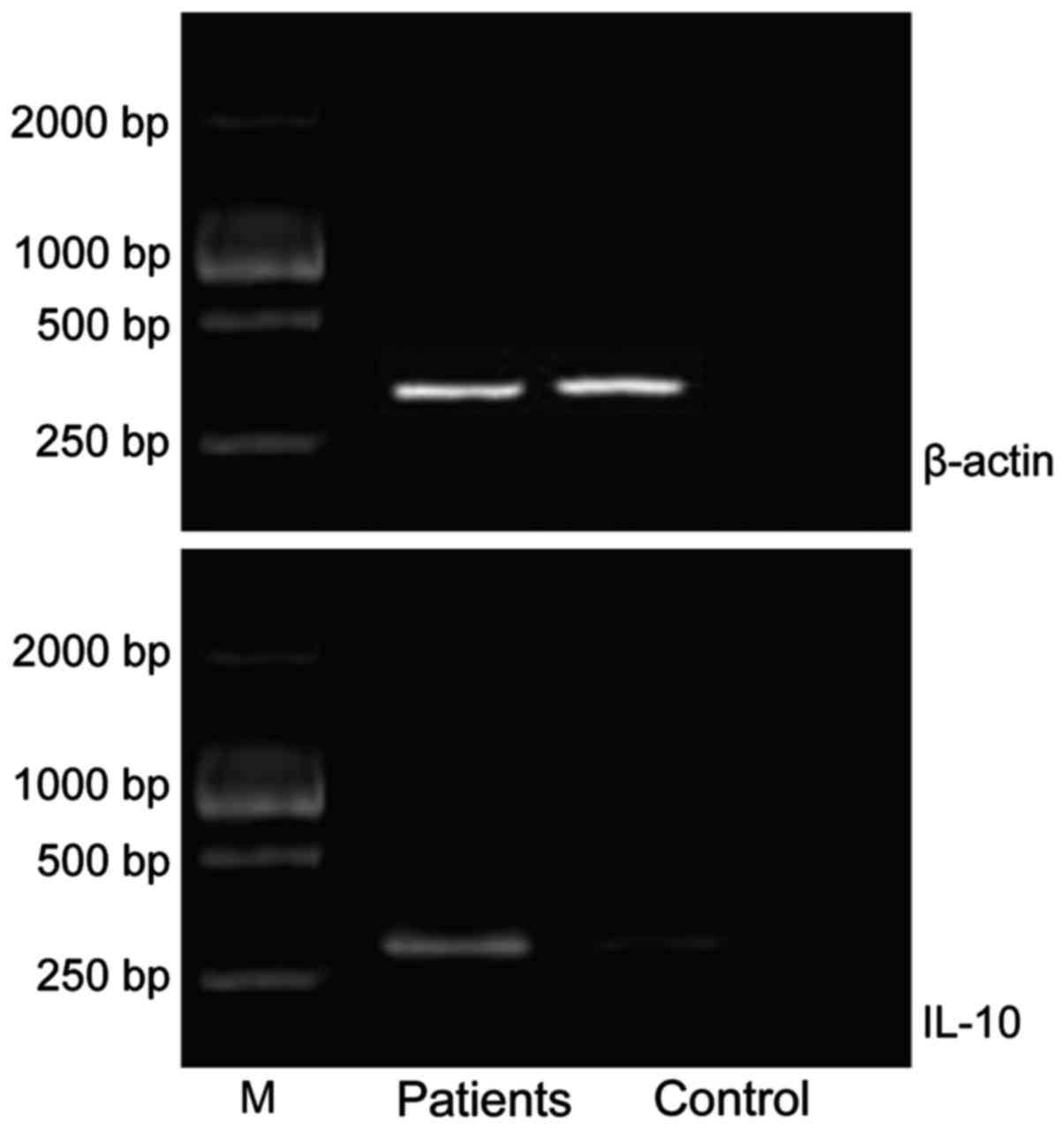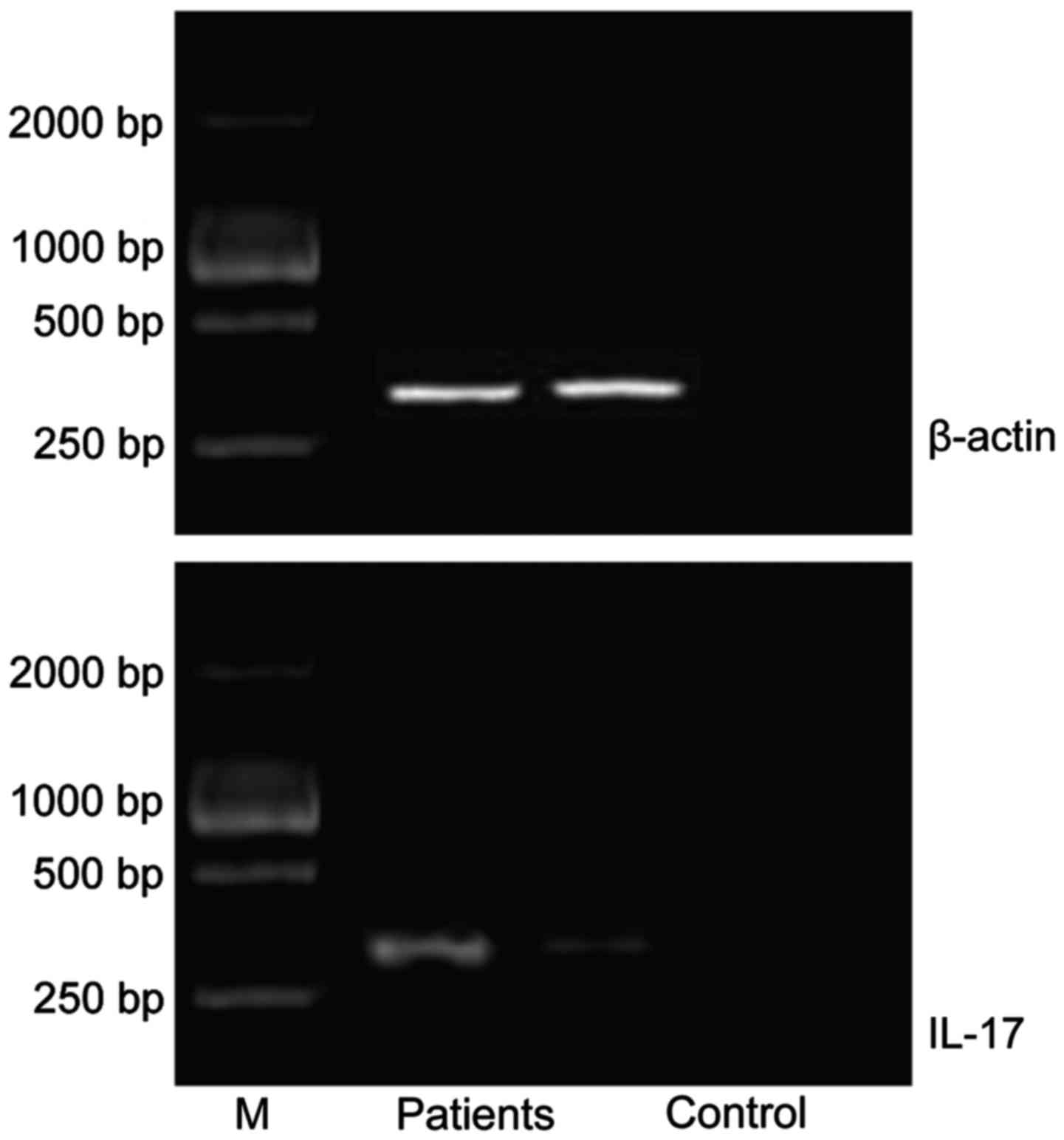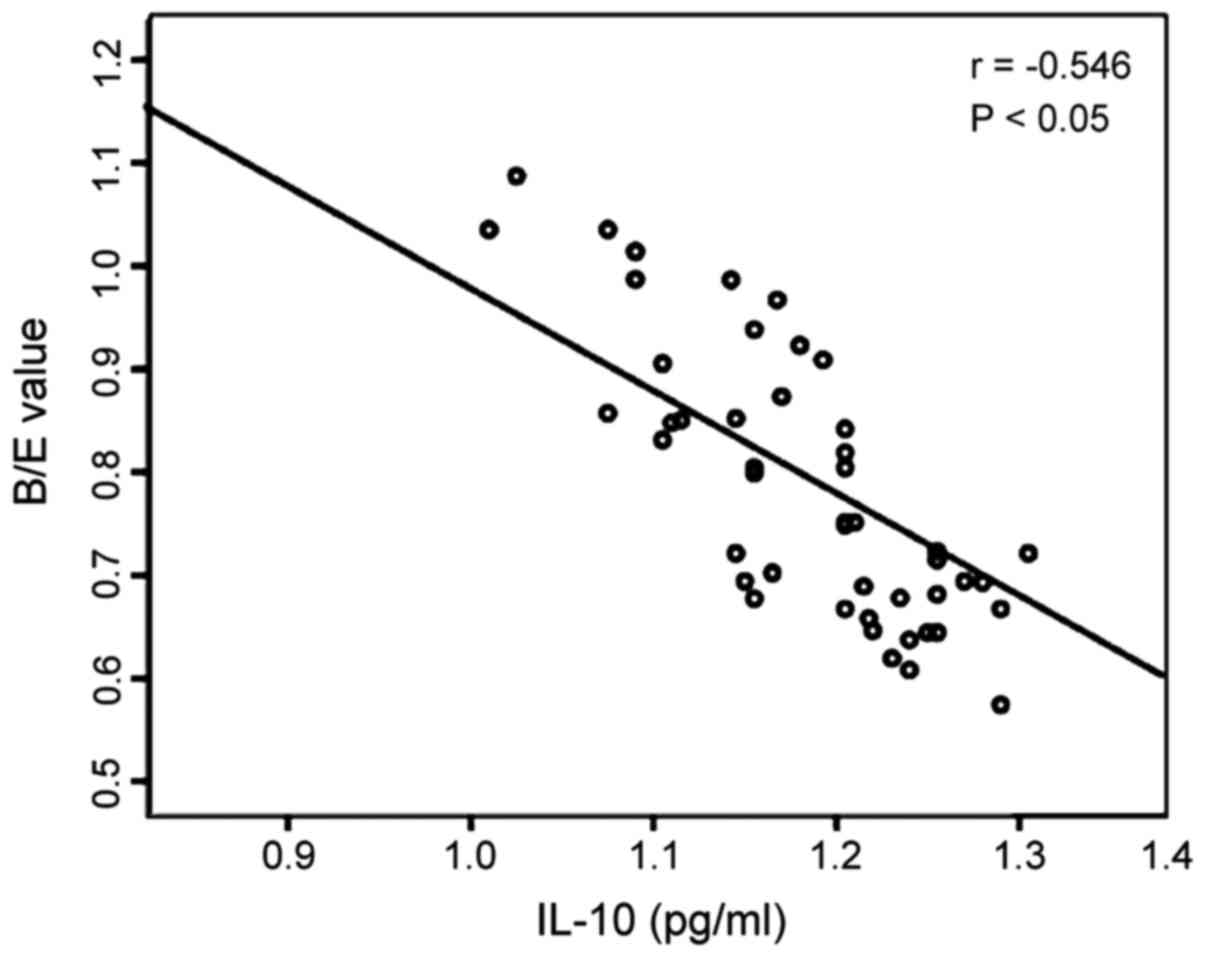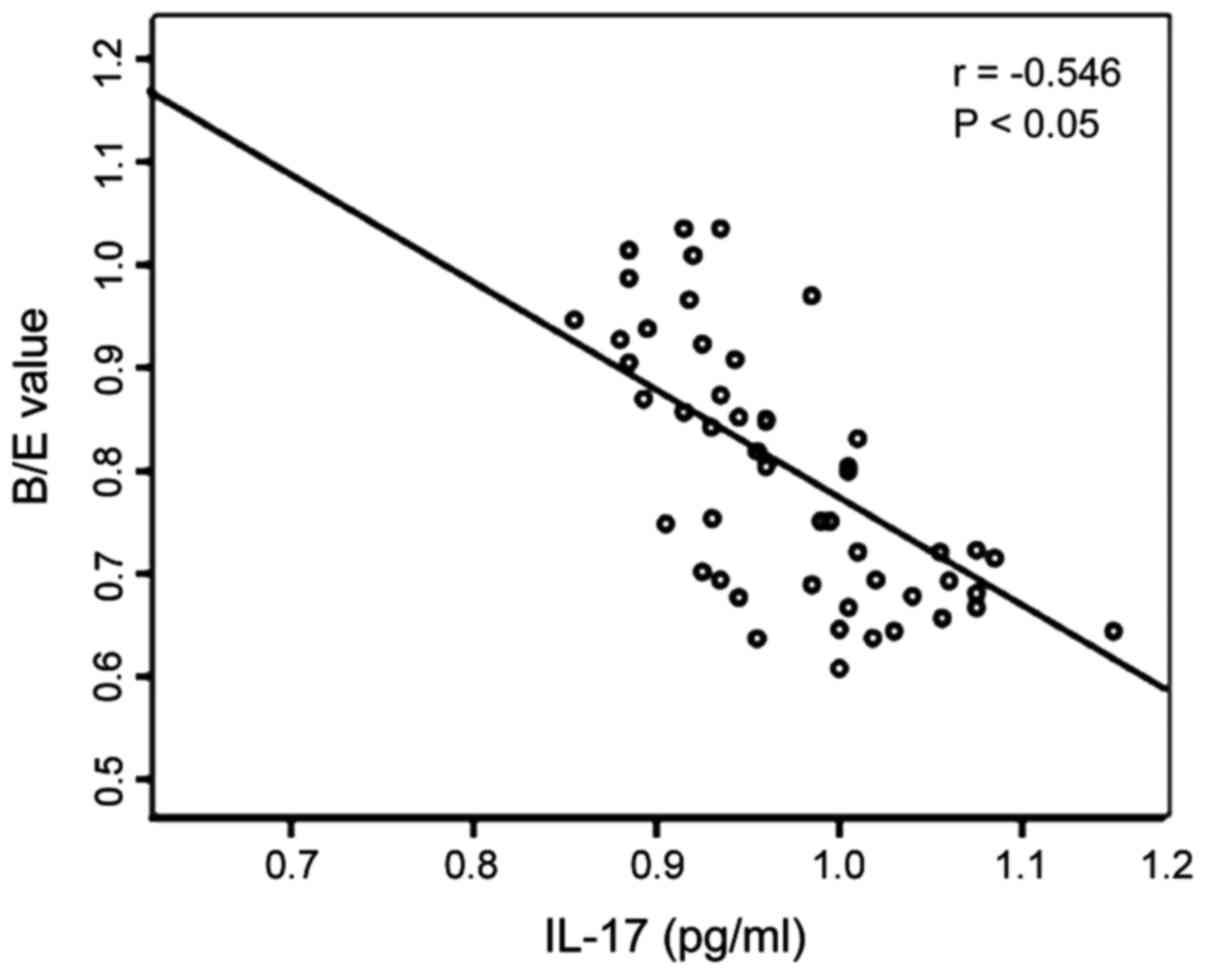|
1
|
Zhu L, Baker SS, Gill C, Liu W, Alkhouri
R, Baker RD and Gill SR: Characterization of gut microbiomes in
nonalcoholic steatohepatitis (NASH) patients: A connection between
endogenous alcohol and NASH. Hepatology. 57:601–609. 2013.
View Article : Google Scholar : PubMed/NCBI
|
|
2
|
Ilan Y: Leaky gut and the liver: A role
for bacterial translocation in nonalcoholic steatohepatitis. World
J Gastroenterol. 18:2609–2618. 2012. View Article : Google Scholar : PubMed/NCBI
|
|
3
|
Wu WC, Zhao W and Li S: Small intestinal
bacteria overgrowth decreases small intestinal motility in the NASH
rats. World J Gastroenterol. 14:313–317. 2008. View Article : Google Scholar : PubMed/NCBI
|
|
4
|
Tsujimoto T, Kawaratani H, Kitazawa T,
Uemura M and Fukui H: Innate immune reactivity of the ileum-liver
axis in nonalcoholic steatohepatitis. Dig Dis Sci. 57:1144–1151.
2012. View Article : Google Scholar : PubMed/NCBI
|
|
5
|
Safadi R, Konikoff FM, Mahamid M,
Zelber-Sagi S, Halpern M, Gilat T, Oren R, Safadi R, Konikoff FM,
Hershkovitz A, et al FLORA Group, : The fatty acid-bile acid
conjugate Aramchol reduces liver fat content in patients with
nonalcoholic fatty liver disease. Clin Gastroenterol Hepatol.
12:2085–91.e1. 2014. View Article : Google Scholar : PubMed/NCBI
|
|
6
|
Santos LF, Hernández G, Puerta AV, Beltrán
O, Botero RC and Mejía G: Non alcoholic fatty liver disease: The
new millennium pandemia. Rev Col Gastroenterol. 25:380–398.
2010.
|
|
7
|
Schartum-Hansen H, Pedersen ER, Svingen
GF, Ueland PM, Seifert R, Ebbing M, Strand E, Bleie Ø and Nygård O:
Plasma choline, smoking, and long-term prognosis in patients with
stable angina pectoris. Eur J Prev Cardiol. 22:606–614. 2015.
View Article : Google Scholar : PubMed/NCBI
|
|
8
|
Søndergaard B, Olsson J, Ohlson K,
Svensson U, Bytzer P and Ekesbo R: Effects of probiotic fermented
milk on symptoms and intestinal flora in patients with irritable
bowel syndrome: A randomized, placebo-controlled trial. Scand J
Gastroenterol. 46:663–672. 2011. View Article : Google Scholar : PubMed/NCBI
|
|
9
|
Armand-Lefèvre L, Angebault C, Barbier F,
Hamelet E, Defrance G, Ruppé E, Bronchard R, Lepeule R, Lucet JC,
El Mniai A, et al: Emergence of imipenem-resistant gram-negative
bacilli in intestinal flora of intensive care patients. Antimicrob
Agents Chemother. 57:1488–1495. 2013. View Article : Google Scholar : PubMed/NCBI
|
|
10
|
Steensels D, Slabbaert K, De Wever L,
Vermeersch P, Van Poppel H and Verhaegen J:
Fluoroquinolone-resistant E. coli in intestinal flora of patients
undergoing transrectal ultrasound-guided prostate biopsy - should
we reassess our practices for antibiotic prophylaxis? Clin
Microbiol Infect. 18:575–581. 2012.PubMed/NCBI
|
|
11
|
Hotten P, Marotta F, Naito Y, Minelli E,
Helmy A, Lighthouse J, Fuji H and Fesce E: Effects of probiotics,
lactitol and rifaximin on intestinal flora and fecal excretion of
organic acids in cirrhotic patients. Chin J Dig Dis. 4:13–18. 2003.
View Article : Google Scholar
|
|
12
|
Xu RY, Wan YP, Fang QY, Lu W and Cai W:
Supplementation with probiotics modifies gut flora and attenuates
liver fat accumulation in rat nonalcoholic fatty liver disease
model. J Clin Biochem Nutr. 50:72–77. 2012. View Article : Google Scholar : PubMed/NCBI
|
|
13
|
Omura Y, Kitamoto M, Hyogo H, Yamanoue T,
Tada Y, Boku N, Nishisaka T, Miyauchi M, Takata T and Chayama K:
Morbidly obese patient with non-alcoholic steatohepatitis-related
cirrhosis who died from sepsis caused by dental infection of
Porphyromonas gingivalis: A case report. Hepatol Res. 46:E210–E215.
2016. View Article : Google Scholar : PubMed/NCBI
|
|
14
|
Habior A: Nonalcoholic fatty liver disease
and obesity. Nutr Clin Pract. 22:1–10. 2013.(In Polish).
|
|
15
|
El-Bassiouni NE, El Messery LO, Zayed RA,
Metwally OB, Zahran MY, Mahmoud OM, Ibrahim RA and El Bassiouny AE:
Tissue factor expression on blood monocytes in patients with
hepatitis C virus-induced chronic liver disease. Comp Clin Pathol.
23:1159–1166. 2014. View Article : Google Scholar
|
|
16
|
Tarantino G: Nutrition: A promising route
for prevention and management of obesity-related nonalcoholic fatty
liver disease. Horm Mol Biol Clin Investig. 20:39–41.
2014.PubMed/NCBI
|
|
17
|
Mcavoy NC, Ferguson JW, Campbell IW and
Hayes PC: Review: Non-alcoholic fatty liver disease: natural
history, pathogenesis and treatment. Br J Diabetes Vasc Dis.
6:251–260. 2006. View Article : Google Scholar
|
|
18
|
Kwak DS, Jun DW, Seo JG, Chung WS, Park
SE, Lee KN, Khalid-Saeed W, Lee HL, Lee OY, Yoon BC, et al:
Short-term probiotic therapy alleviates small intestinal bacterial
overgrowth, but does not improve intestinal permeability in chronic
liver disease. Eur J Gastroenterol Hepatol. 26:1353–1359.
2014.PubMed/NCBI
|


















